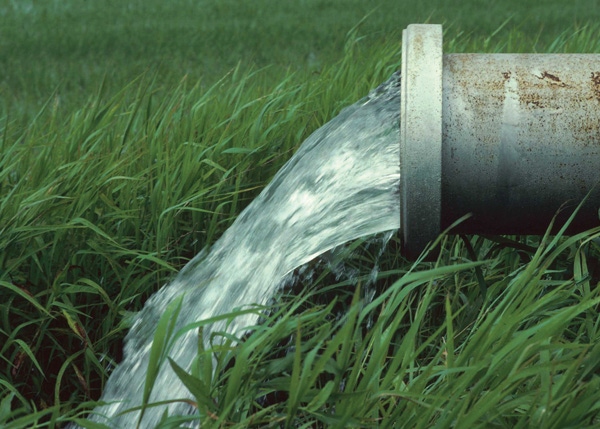
Rice farmers could see return of some irrigation water next year
Controversy brews over LCRA decision.LCRA Board of Directors voted to seek Texas Commission on Environmental Quality (TCEQ) permission to release 121,500 acre-feet of water from the Highland Lakes in 2013.Rice growers hope water release will allow them to survive at least one more year.

The response to the Lower Colorado River Authority’s (LCRA) decision to seek state approval for the release of water to rice farmers in 2013 was met with mixed emotions this week with many in attendance at the Nov. 14 board meeting expressing relief while others were outraged that the move could further limit the amount of water available to the City of Austin and other communities along the river that depend on the Highland Lakes as a source of drinking water.
“We appreciate all people who took time out of their lives to come and speak to the Board in person,” said LCRA General Manager Becky Motal. “It highlights the toll the drought and the availability of water has taken on all of us. It is clear the Board needed to take steps to protect our firm customers such as cities and industry, while still balancing the need of others who depend on the lakes.”
In what some considered a surprise move, the LCRA Board of Directors voted 10-4 to seek Texas Commission on Environmental Quality (TCEQ) permission to release 121,500 acre-feet of water from the Highland Lakes in 2013 if the combined storage of lakes Travis and Buchanan is between 775,000 and 920,000 acre-feet on Jan. 1 or March 1.
The Board met in Fredericksburg Wed., Nov. 14, to consider the release of water to Texas rice growers in Wharton, Colorado and Matagorda Counties next year, among other business items. Earlier this year, in an unprecedented move, the Board received emergency approval from TCEQ to restrict the release of water to rice growers for the first time in over 50 years, causing a reduction in Texas rice acres by as much as 50 percent over normal years. That move was prompted by an organized effort led by City of Austin officials who argued that dangerously low lake levels could endanger communities who rely on river water as a drinking source.
TCEQ approved the emergency measure citing serious drought conditions as justification for the move. The emergency order limiting water access to rice farmers is set to expire at the end of this year, however, and last month LCRA senior staff said, in spite of low lake levels, they were going to recommend releasing water to rice farmers in 2013 because the reservoirs had benefited from substantial rain in late spring and summer. But the staff also warned they would be watching lake levels carefully before the issue was to be discussed in the Nov. 14 Board meeting.
Austin attorney Randy Wilburn, who testified against the staff recommendation at the board meeting this week, argued that the move to release water to rice growers next year will lead to lake levels falling below 600,000 acre-feet, lower than during the drought of the 1950s, one of the worst droughts in Texas history.
In contrast, rice growers in attendance expressed appreciation in the decision, saying it provided hope that they may be able to survive at least one more year. They had argued that another year of water restrictions could hurt the state’s agriculture industry and further cripple the economy and could put many farmers “out of business.”
Wharton County Commissioner Chris King told the board he was pleased over the decision and called it “a lifeline to farmers” who are suffering after this year’s water restrictions that forced them to plant fewer rice acres or no rice acres at all. Earlier this year rice industry experts argued that LCRA water restrictions would cost the state rice industry 50 percent loss in rice production. The three-county area affected by the restrictions is estimated to provide about five percent of the total U.S. rice production.
LCRA officials will continue to monitor drought conditions and will propose a new plan if drought conditions change for the worse during the course of the year, but staff members argued there is “less than a 10 percent chance of levels dropping below 600,000 acre-feet” in spite of the Board’s decision to release water to rice farmers.
About the Author(s)
You May Also Like



